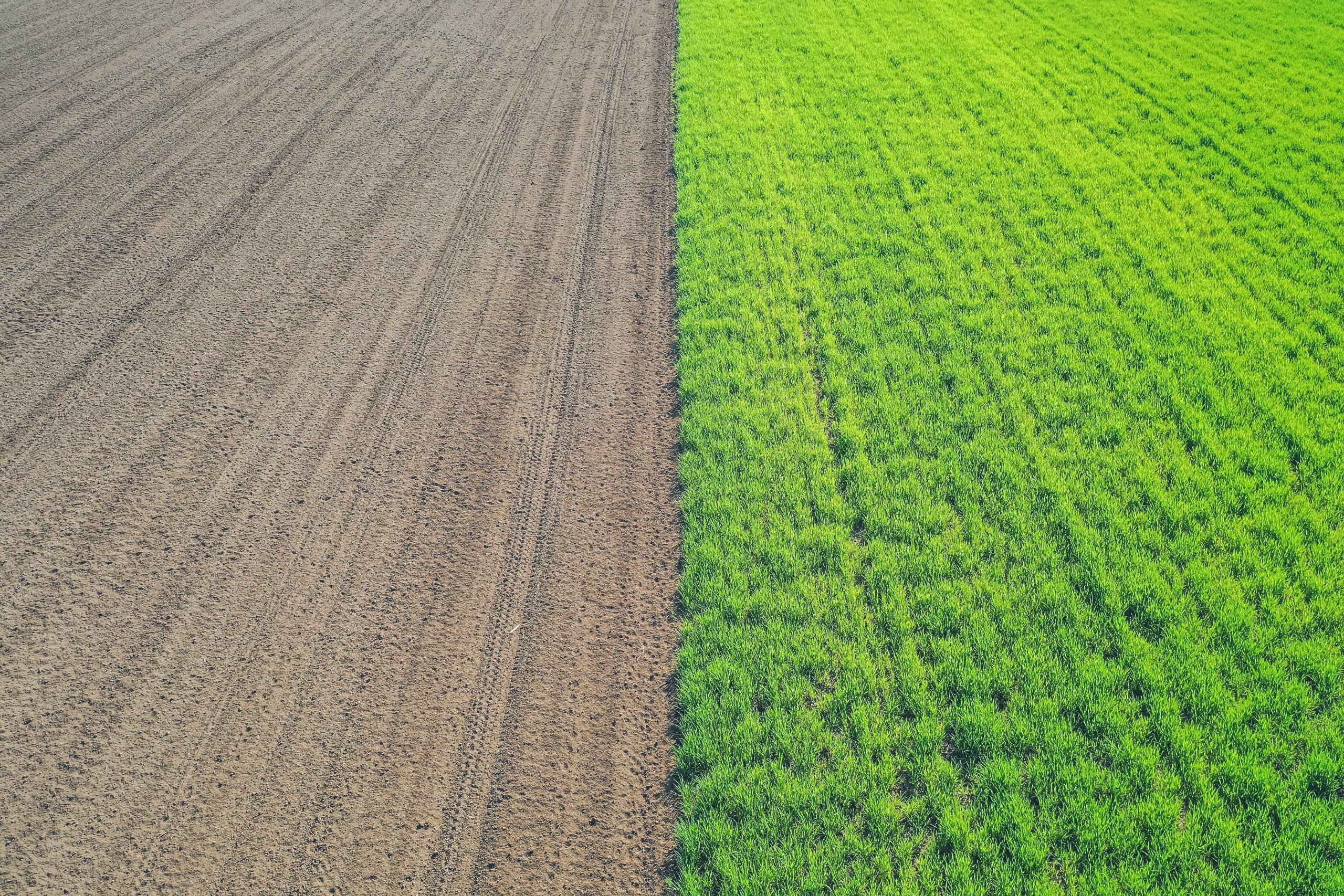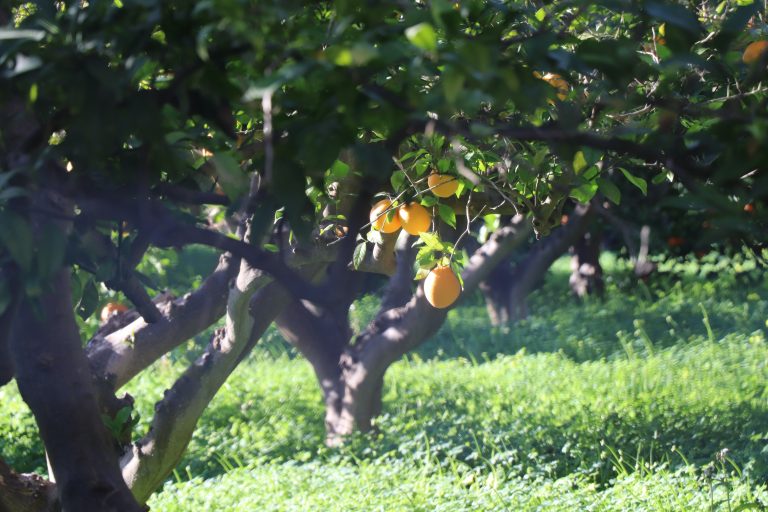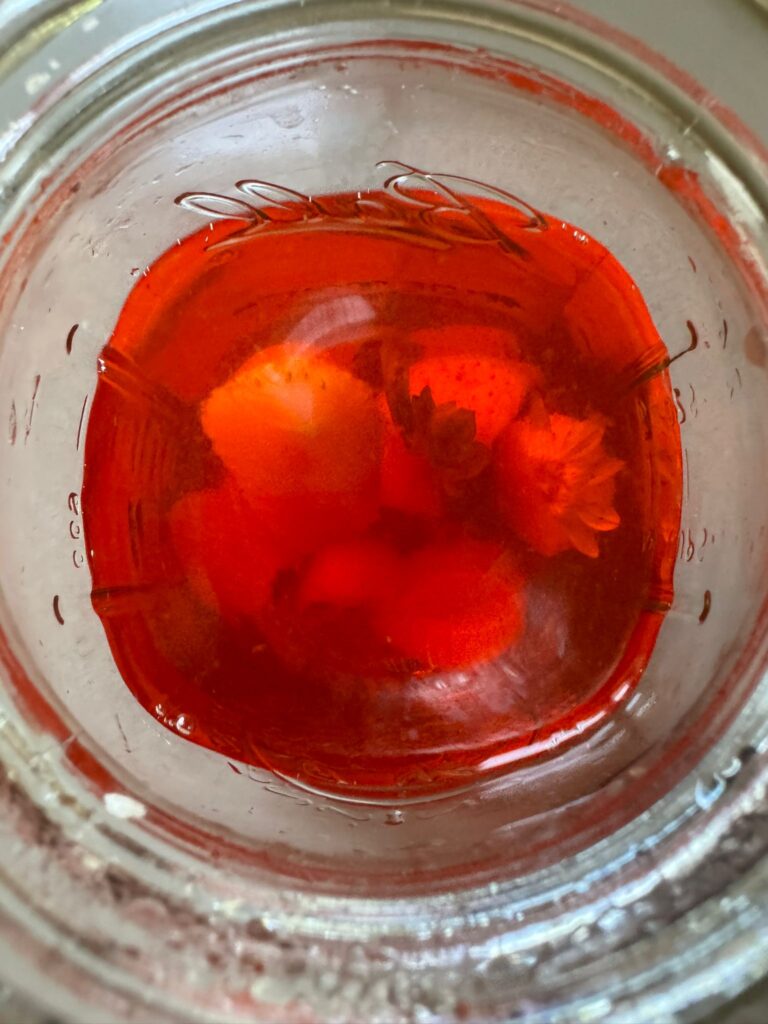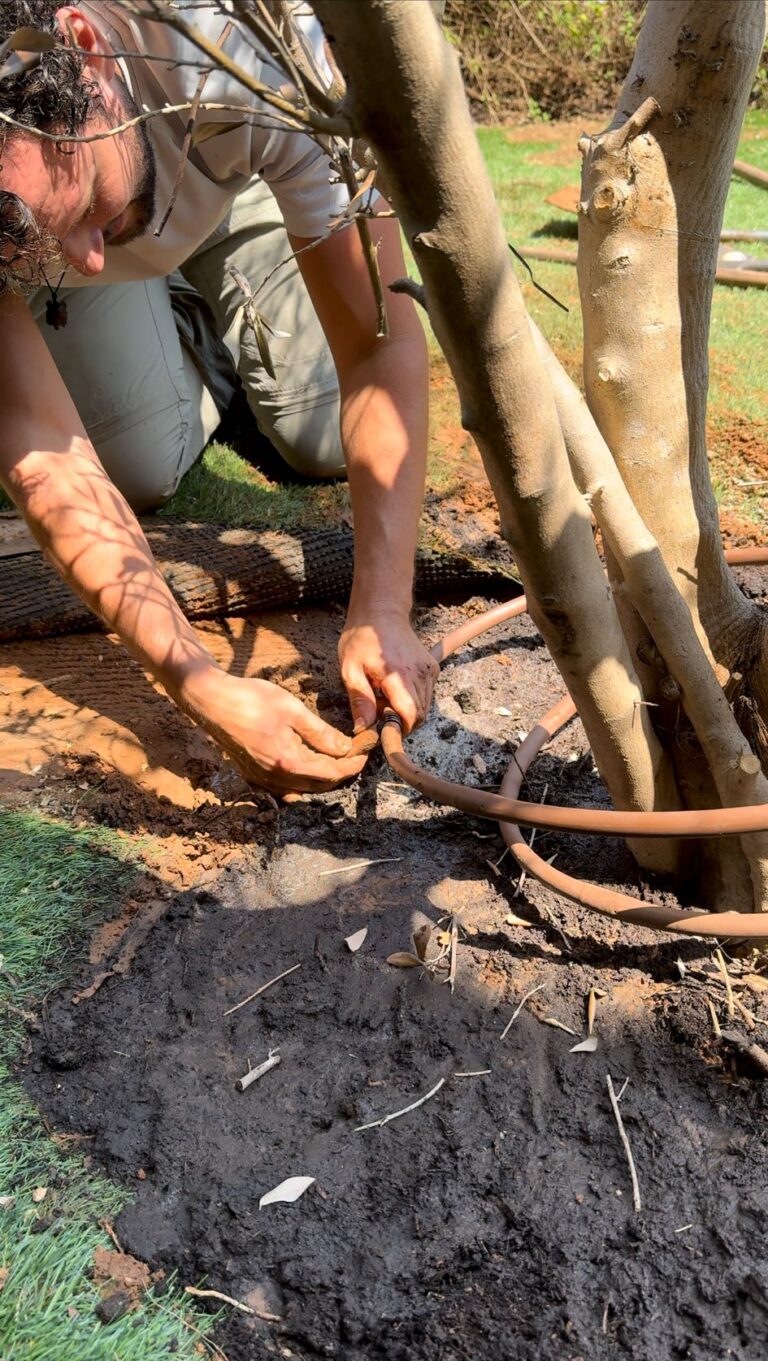Transitioning Towards Sustainability: Regenerative Farming in Urban Agriculture
Urban farming has become increasingly popular in recent years as an alternative to conventional farming methods. Urban farming is a whole world in and of itself, learn more in our article Sowing the Seeds of Change: How Urban Farming is Transforming Agriculture. Regenerative farming is the latest trend in urban farming, offering a sustainable solution that takes into account the environment, local communities, and human health. In this blog post, we’ll explore the advantages of regenerative farming and how it can help urban agriculture transition towards sustainability. Urban Farming has recently been gaining more and more traction as a viable and sustainable form of agriculture. It’s an important step forward in transitioning towards a more sustainable form of agriculture that can help reduce the environmental impact of traditional farming methods. One of the main focuses of Urban Farming is Regenerative Farming, a method of farming that takes into account the complete environment, both above and below ground, to create a more natural, sustainable, and healthier agricultural system.
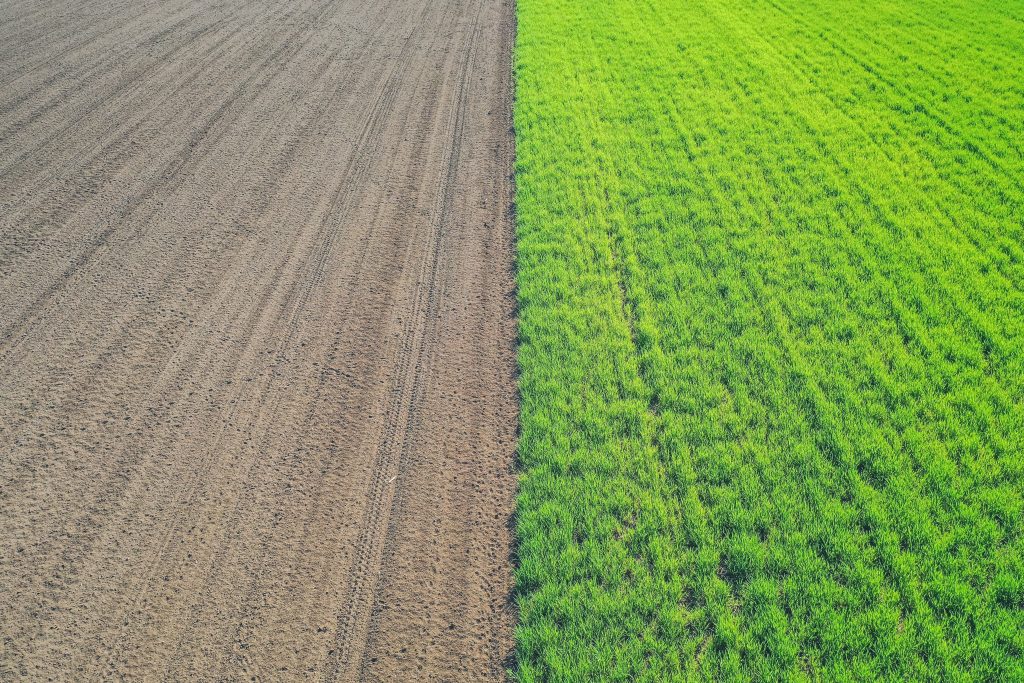
What is Regenerative Farming?
Have you ever heard of regenerative farming? It’s an exciting concept that is gaining a lot of attention in the world of agriculture.
Essentially, regenerative farming is a practice that focuses on improving and restoring the health of our soils and ecosystems. So, what exactly does regenerative farming entail? Well, it goes beyond just sustainable farming practices. While sustainable farming aims to maintain the current state of the land, regenerative farming takes it a step further by actively improving soil quality and biodiversity.
Regenerative farming focuses on building healthy soil, which is the foundation of a thriving ecosystem. This is done through practices such as cover cropping, crop rotation, and minimal tillage (or no till). These methods not only help to prevent erosion but also enhance the soil’s ability to retain water and nutrients.
Now, you might be wondering, why should we care about regenerative farming? Well…regenerative agriculture has numerous benefits. First and foremost, it helps combat climate change by sequestering carbon from the atmosphere and storing it in the soil. Additionally, regenerative farming practices can improve the quality of our food by enhancing its nutritional content.
Conventional farming, on the other hand, often relies on chemical fertilizers and pesticides, which can have detrimental effects on our health and the environment. This brings us to the next point – the challenges and limitations of conventional farming.
The Benefits of Regenerative Farming
Regenerative farming is a holistic approach to agriculture that focuses on restoring and enhancing the health of the soil, biodiversity, and ecosystem. Unlike conventional farming methods, which often rely on synthetic fertilizers, pesticides, and monocropping, regenerative farming embraces practices such as cover cropping, crop rotation, composting, and natural pest control.
So, what makes regenerative farming so special? Well, let me break it down for you. First and foremost, regenerative farming promotes soil health. By utilizing practices that improve soil structure and fertility, such as cover cropping and composting, regenerative farmers are able to create a rich and nutrient-dense soil that not only benefits their crops but also sequesters carbon from the atmosphere. In fact, regenerative agriculture has the potential to mitigate climate change by sequestering large amounts of carbon in the soil, acting as a natural carbon sink.
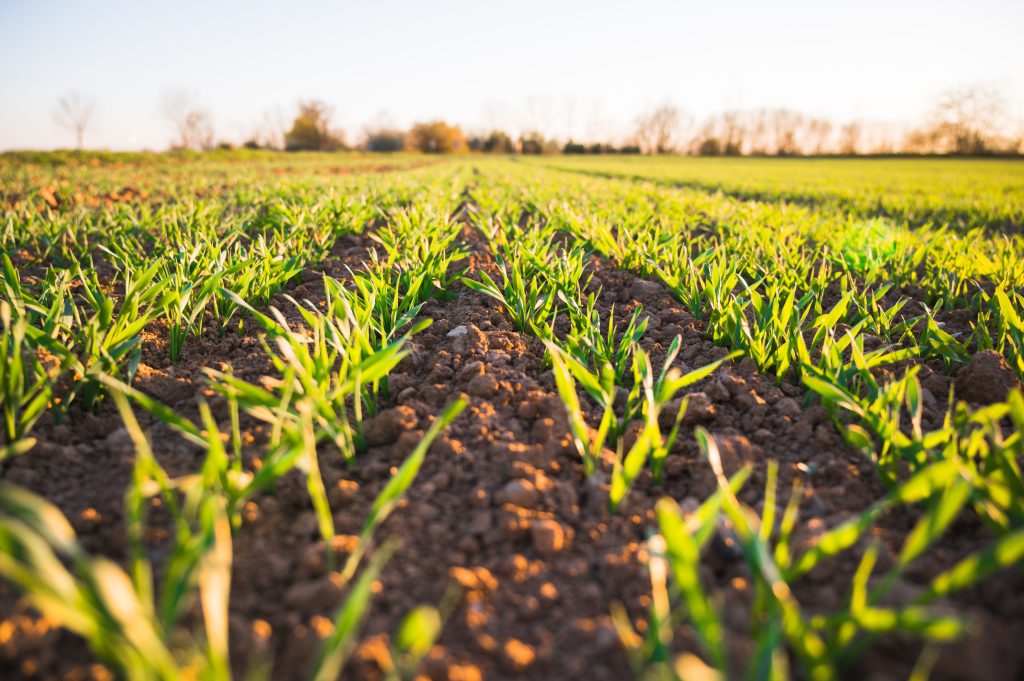
And if that isn’t convincing enough, regenerative farming practices promote biodiversity and protect our precious ecosystems. By diversifying crops and creating habitat for beneficial insects and animals, regenerative farmers help maintain a balanced and healthy ecosystem, reducing the need for synthetic inputs and harmful pesticides. This not only benefits the environment but also leads to healthier and more nutrient-dense food for us, the consumers.
Lastly, regenerative farming can contribute to a more sustainable and resilient food system. By embracing regenerative practices in urban agriculture, we can reduce our reliance on chemical inputs, decrease food waste, and support local communities. It’s a win-win for everyone involved.
So, if you’re passionate about sustainability and want to make a positive impact on the world, consider supporting regenerative farming practices. Together, we can create a more resilient and regenerative future for our planet and future generations.
Challenges and Limitations of Conventional Farming
Conventional farming, also known as industrial agriculture, has long been the dominant method of farming worldwide. This approach relies heavily on chemical inputs, machinery, and monoculture crops to maximize yield and profits. While conventional farming has brought many benefits in terms of increased food production, it also poses several challenges and limitations that are worth exploring.
Did you know that conventional farming is responsible for significant environmental degradation? The excessive use of synthetic fertilizers and pesticides contributes to soil erosion, water pollution, and biodiversity loss. Additionally, the reliance on monoculture crops leaves farming systems vulnerable to pests, diseases, and climate change impacts.
As we become more conscious about our impact on the planet, it’s essential to acknowledge the limitations of conventional farming. After all, we are all connected to the food we eat and the environment we live in. Understanding these challenges can help us appreciate the need for alternative and sustainable farming practices like regenerative farming.
These challenges make it clear that conventional farming is not a long-term solution. Thankfully, there’s a better alternative: regenerative farming. By shifting our focus towards sustainable farming practices, we can ensure a healthier future for ourselves, our planet, and our food systems. Stay tuned as we explore how to transition towards regenerative farming in urban agriculture!
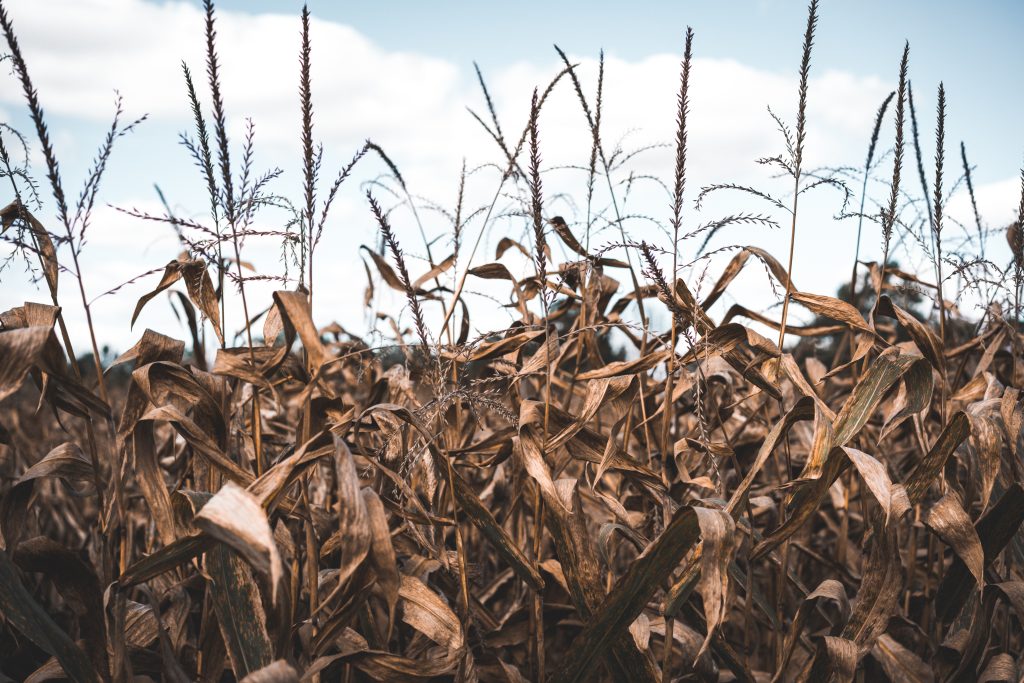
Transitioning to Regenerative Farming in Urban Agriculture
Urban agriculture has gained popularity in recent years as people seek to reconnect with nature and embrace sustainable living. With the rise of regenerative farming practices, there is now an opportunity to make our urban farms even more environmentally friendly and productive.
Interestingly, regenerative farming can also help mitigate the impacts of climate change. Studies have shown that regenerative practices, such as cover cropping and rotational grazing, can sequester carbon in the soil, reducing greenhouse gas emissions and improving overall soil quality.
Transitioning to regenerative farming in urban agriculture may seem like a daunting task, but it is entirely achievable. Start by educating yourself on the principles and practices of regenerative farming. Seek out local resources and workshops to learn from experienced farmers and gardeners.
Next, evaluate your own urban farm or garden and identify areas where you can make changes. Perhaps you can introduce cover crops to improve soil health, or implement water conservation techniques to reduce waste.
Remember, transitioning to regenerative farming is a journey, not an overnight transformation. Start small and gradually incorporate new practices into your urban agriculture routine. Celebrate your successes and learn from any setbacks. With each step, you’ll be contributing to a more sustainable and resilient urban environment for future generations to enjoy.
Transitioning to regenerative farming in urban agriculture may seem overwhelming at first, especially if you’re accustomed to conventional farming practices. But fear not! Many urban farmers have successfully made the switch and are reaping the benefits.
One important aspect to consider is the use of compost and organic matter. Composting is an excellent way to reduce waste while creating nutrient-rich soil amendments. By diverting organic materials from landfills and incorporating them back into the soil, you’ll be nourishing your crops and minimizing your environmental impact.
So, how can you actually make this change?
Steps Towards Implementing Regenerative Farming Practices
Now that we have explored the concept of regenerative farming and its numerous benefits, you might be wondering how you can start implementing these practices in your own urban agriculture setup. Well, fear not! Transitioning towards sustainability is not as daunting as it may seem.
Here are some steps you can take to get started:
1. Educate Yourself: The first step towards implementing regenerative farming practices is to educate yourself about the principles and techniques involved. Subscribe to our blog and blogs alike, Read books, attend workshops, and connect with experts in the field. This will help you gain a deeper understanding of regenerative farming and equip you with the knowledge needed to make informed decisions.
2. Start Small: Rome wasn’t built in a day, and neither will your regenerative farm. Start by implementing small changes, such as using compost instead of chemical fertilizers, practicing crop rotation, and introducing beneficial insects. These small steps can have a significant impact on the health of your soil and overall ecosystem.
3. Assess Your Soil: Understanding the health of your soil is crucial for successful regenerative farming. Conduct soil tests to determine its nutrient levels and composition. This will help you tailor your farming practices to the specific needs of your soil, ensuring optimal plant growth and soil regeneration.
4. Embrace Biodiversity: Encouraging biodiversity is a key component of regenerative farming. Introduce a variety of plants and flowers to attract pollinators and beneficial insects. Consider creating a small pond or water feature to attract frogs and birds, which can help control pests naturally.
5. Involve the Community: Building a sustainable farming system is not a solitary endeavor. Engage with your local community by organizing workshops, volunteering at schools or community gardens, and sharing your knowledge and experiences. By inspiring and involving others, you can create a ripple effect that contributes to the larger movement towards regenerative agriculture.
Remember, transitioning towards regenerative farming practices is a journey, and it may take time to fully integrate these principles into your urban agriculture setup. Be patient, experiment, and learn from your experiences. The most important thing is to take that first step towards sustainability, knowing that you are making a positive impact on the planet and future generations.
Conclusion
In conclusion, regenerative farming offers a promising solution to the challenges faced by conventional farming in urban agriculture. By adopting regenerative practices, we can restore the health of our soils, increase biodiversity, and promote sustainable food production. This transition towards sustainability not only benefits our environment but also improves the quality and nutrition of the food we consume.
While there are challenges and limitations in implementing regenerative farming practices, such as limited space in urban areas, the potential rewards far outweigh the difficulties. With careful planning, innovation, and community support, we can transform our urban landscapes into thriving hubs of regenerative agriculture.
It is crucial for individuals, communities, and policymakers to recognize the importance of regenerative farming and support its implementation. By spreading awareness and sharing information about the benefits of regenerative farming, we can inspire others to join this movement towards a more sustainable and resilient food system.
We invite you to share your thoughts and experiences on regenerative farming and urban agriculture in the comments section below. Let’s engage in meaningful conversations and exchange ideas on how we can collectively contribute to a healthier and more sustainable future. Don’t forget to share this article with your friends, family, and networks to spread the word about regenerative farming and its potential impact. Together, we can make a difference and create a brighter tomorrow for ourselves and generations to come.
